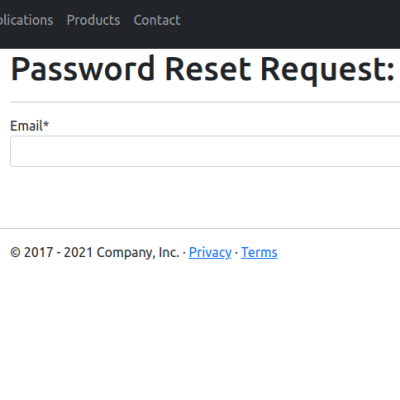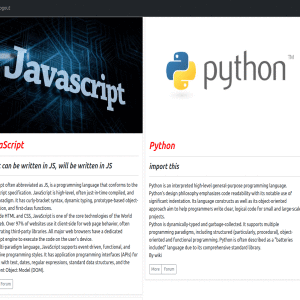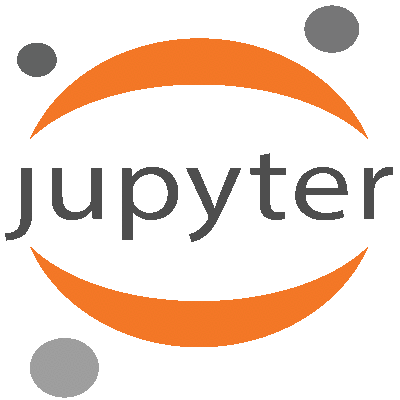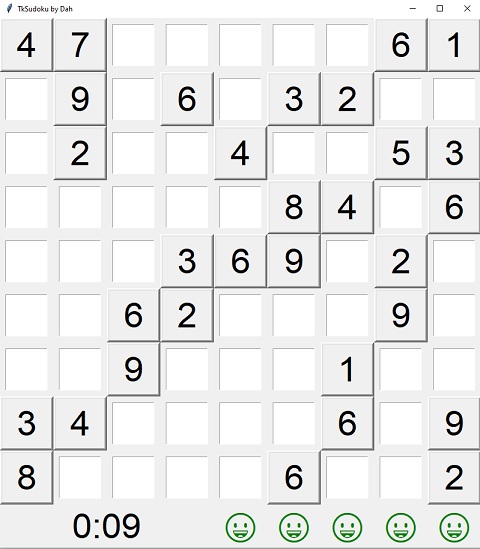Projects:
STED Webpage
Recently deployed!
Webpage for an organization I work with. It holds a functional user system, commenting system, publication page managed by the admins via the webpage, and additional data processing functionality /powered by Pandas/. I am the main (solo) developer - I have built and deployed the backend on a Linux server. The front end is currently being modified by a second UI-oriented developer.
Some of the functions are currently locked behind beta testing!
Forums by topic
Tested via Heroku
It started as a simple forum, the idea was to be able to give a topic and allow people to comment. Currently, of course, it includes commenting system, with different threads, the basic 5 are created automatically once the topic card is uploaded by the owner. After that, everything can be modified via the admin page (I didn't see a reason to make things more complicated there). Also there is a direct message system, and a functioning friendliest. Most forms used by the app are custom and a lot of the functionality is built as API endpoint, reached by JavaScript, although for the most part to receive posts. The logic of the front end is handled by jQuery and for the UI design, I have used bootstrap.
Sometimes Heroku dynos load slowly the first time, due to resource-saving!
Source code is also included in the footer.
Django based portfolio
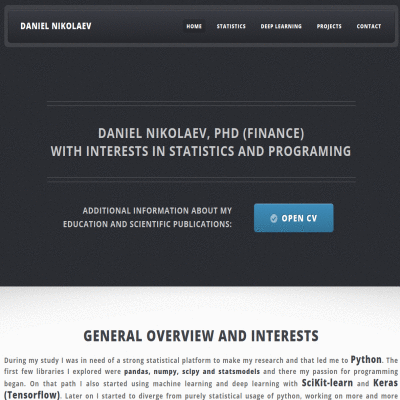
Current webpage.
You can easily explore it, there are a few interesting TABS in here. In STATISTICS you can see the implementation of predictive models used for time series. Because most of them are often used in finance, I have set up a database for testing witch including over 200 primarily tech companies and their equity prices. Alternatively, you can supply a CSV with your own data. Also, the database is updated weekly by a python script using a free version of https://marketstack.com API. On the next tab (DEEP LEARNING) there is a simple neural network, predicting the most likely max and min values of the same assets in a very short term with decent accuracy. Something more interesting about the NN is that it is as far from *regressive as possible because it uses convolutional layers to make a categorical prediction (the categories are based on standard deviation). All the modules (although not exactly) are included as separate projects. Design is based on html5up template.
Additionally, the current project includes some JavaScript to handle CSV (sending direct JSON to Django), the NN is actually built with python but implemented in JavaScript (Tensorflow JS) and all graphs are built with Plotly JS.
Time series modeling (portfolio)
A collection of implementations of statistical models some of which are accessible through the STATISTICS. It includes scripts that retrospectively brute-force the best ARIMA, AR, and MA, also there is a trend projection for good measure. Unlike the portfolio implementation of the models, in this package are included also regressive models such as Grainger’s causality test, rolling regressions, and more. Most of the scripts include docstring documentation.
I have already used the scripts few times, but I consider this to be an active project and from time to time make contributions. (the package contains a lot of libraries, such as statsmodels, NumPy, pandas, SciPy, and SKlearn).
VisFIn
Convolutional neural network, used in the DEEP LEANING tab of the portfolio. It includes few different files, such as the data preparation, small database (the same one used for portfolio), and the scripts controlling the database and data feeding to the model. The actual data preparation is a bit complicated as it converts the time series, describing the value of equity, into graph matrixes and builds a categorical evaluation for the retrospective future.
The evaluation results are included in the Jupyter notebook. The issue is that the database includes only 200 assets, which is not ideal for the training of the model.
Sudoku
Sudoku based on the standard library of Python. It uses Tkinter for GUI and requests to get a board from external API. The meat of the app is the solving algorithm, build from scratch, including a few of the steps reaching the final. As of late, I have started learning Rust and the latest feature of the project is the remake of the solving algorithm in rust-cpython extension.
Rust based solver
